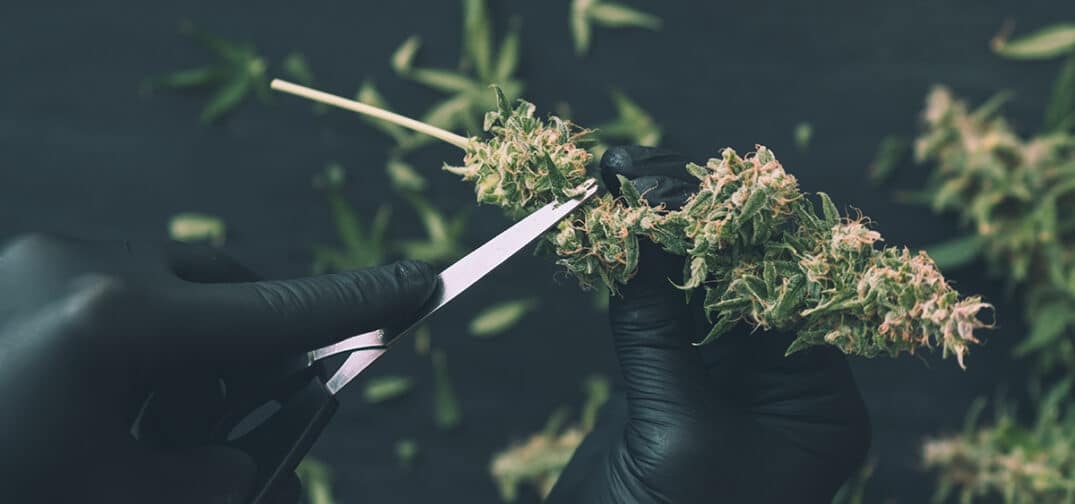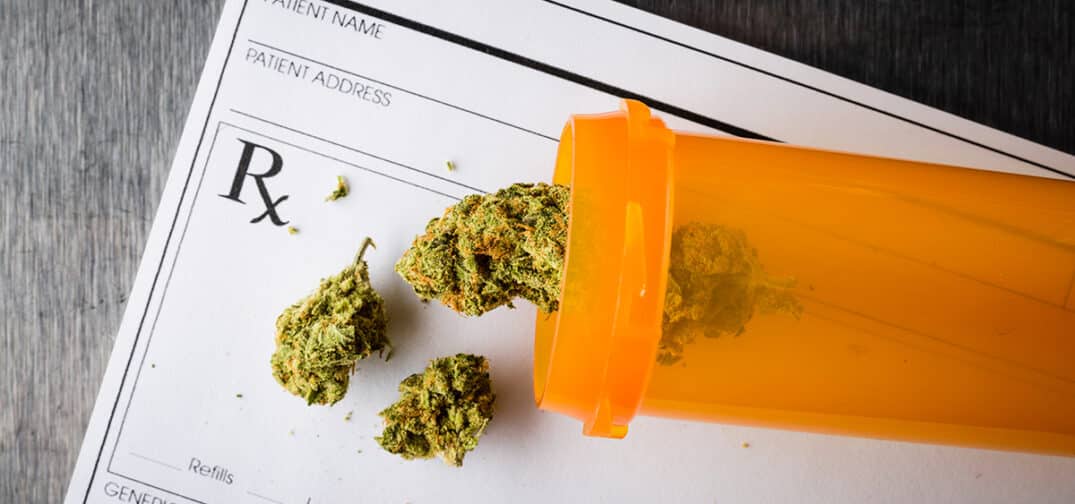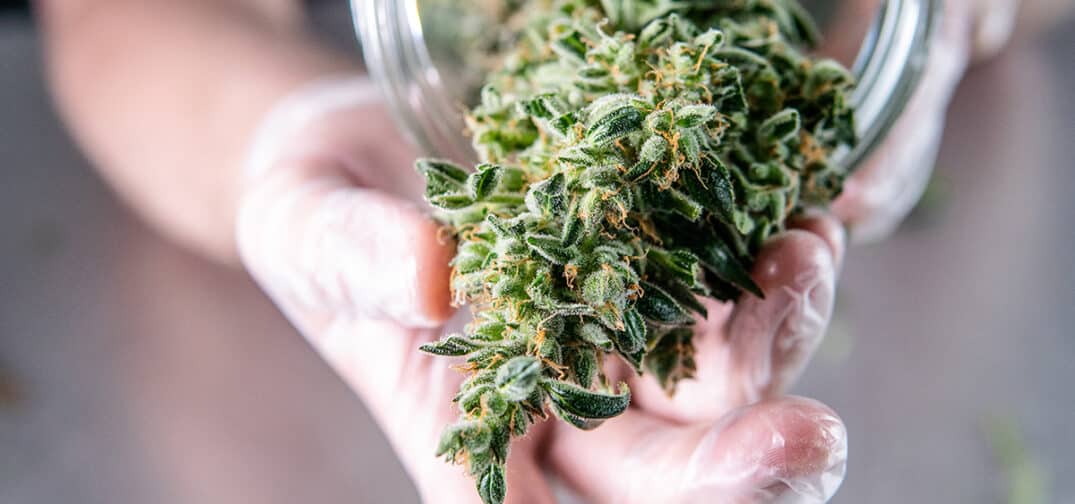Glass House Brands last week filed a defamation lawsuit against Catalyst Cannabis., its CEO Elliot Lewis, and co-founder and attorney Damian Martin over their claims that Glass House is “the biggest black marketeer” of cannabis in American history. The lawsuit also accuses Catalyst of violations of California’s Businesses and Professions Code.
Glass House’s lawsuit comes just days after Catalyst filed a lawsuit accusing Glass House of illegally diverting cannabis products, alleging the company “has become one of the largest, if not the largest, black marketers of cannabis” in the state. That lawsuit followed allegations on social media by Lewis and Martin that Glass House was diverting “75% to 80%” of its products into unregulated markets throughout the U.S.
In the lawsuit, Glass House describes the Cayalyst co-founders’ social media posts as “a misguided and systematic defamatory social media campaign falsely accusing Glass House and its co-founders, Kyle Kazan and Graham Farrar, of being ‘the biggest black marketeer in the entire American history,’ likening plaintiffs to a Mexican drug cartel.”
“Nothing could be further from the truth. Defendants made the statements without any evidence, knowing them to be false or, at the very least, with reckless disregard for the truth. Relying on pure speculation, defendants assert their self-serving conclusion and then plead with governmental authorities and regulations at the California Department of Cannabis Control (DCC) to investigate Glass House. Defendents then taunted plaintiffs by asserting their defamatory statements must be true because plaintiffs have not filed a defamation lawsuit. Enough is enough.” — Glass House Brands Inc. V. South Cord Holdings LLC, South Cord Management LLC, Elliot Lewis, Damian Martin
Glass House contends that the social media posts featuring the diversion claims by Lewis and Martin are “based on misplaced anger and hostility,” asserting that the “social media rants make clear that they are enraged by the current state of the cannabis industry and, in particular, their erroneous belief” that they are “unfairly shouldering the tax burden when it is actually shared by all legal commercial cannabis operators, including Glass House.” The lawsuit contends that Catalyst ownership is angry with a California law that reduced cultivation and wholesale taxes and that because they are one of the largest retailers in the state, they believe they are “disproportionately impacted” by the law and have “trained their anger and hostility on Glass House and its co-founders even though Glass House similarly faces regular competition from illicit sales at lower sales prices than the legal market can bear.”
“Glass House and its founders have done things the right way, working hard to comply with all regulatory standards,” the company says in the lawsuit. “Indeed, since Glass House commenced operations, it has taken every effort to fully comply with all applicable state and local laws, ordinances, rules and regulations pertaining to every aspect of its commercial cannabis businesses.”
The company also notes that, to date, it has never been tagged for any violations by the state.
Glass House contends that Catalyst is violating the state’s Businesses and Professions Code with their claims because the firms are direct competitors and Lewis’ and Martin’s claims on social media are meant to diminish the reputation of their firm.
“While defendants Lewis and Martin have tried to craft their public image and that of Catalyst to be seen as ‘for the people’ that ‘speak truth to power,’ the actual truth is far different than their manufactured narrative,” Glass House says in the lawsuit. “Defendants are not ‘for the people,’ but are motivated by their own self-interest.”
Glass House is seeking a jury trial, and asking for damages, an injunction against further defamatory comments and the removal of social media posts that contain defamatory comments, and legal fees.
In an Instagram post responding to the lawsuit, Lewis doubled down on his claims against Glass House and vowed to “continue this fight.”
“This fight has always been about truth,” he said, “and frankly, with the little Glass House pile of shit, I wipe my ass with it and I want to thank Kyle and Graham for bringing it because you’ve opened up the discovery floodgates.”























